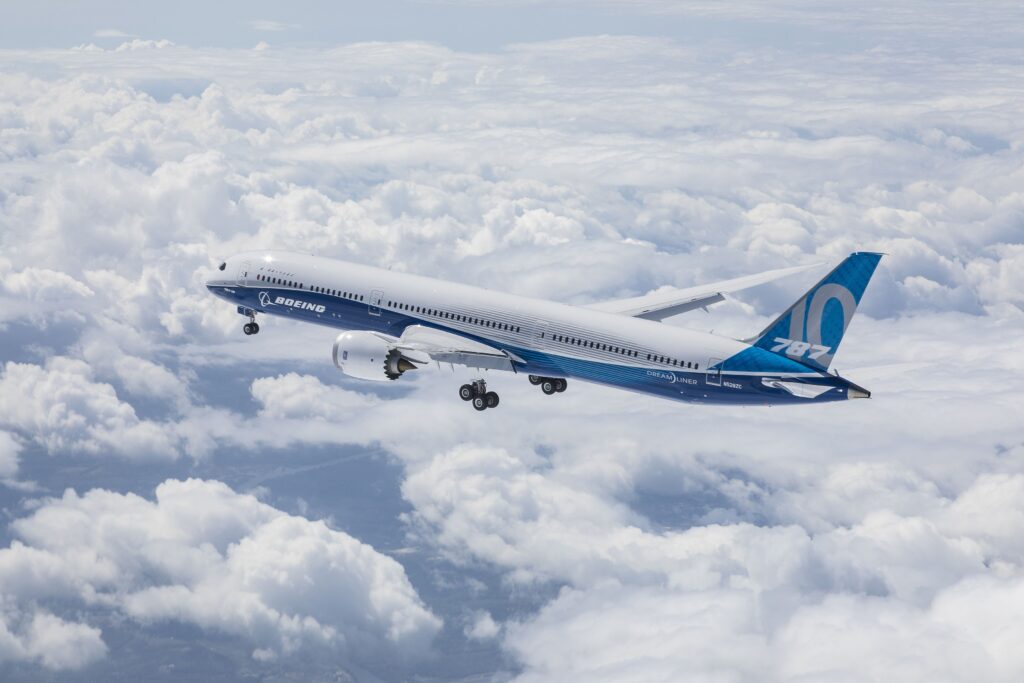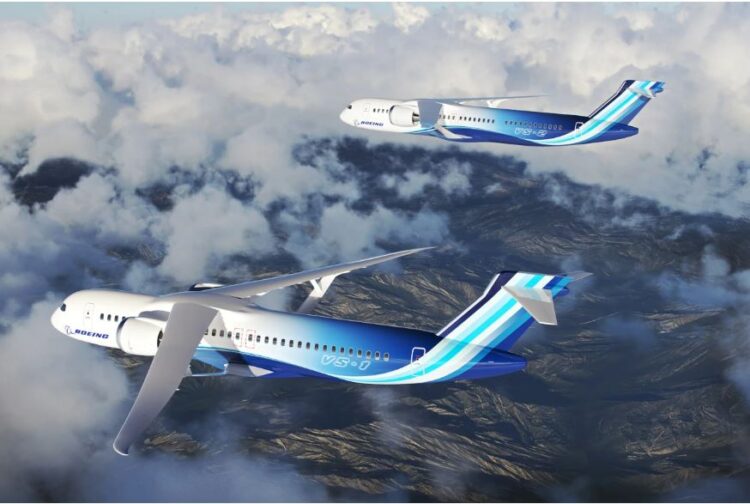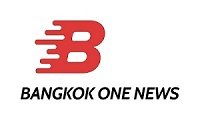Boeing is chosen by NASA to create a sustainable flying demonstrator.
Boeing has been chosen by the National Aeronautics and Space Administration (NASA) to work with them on the Sustainable Flight Demonstrator (SFD) program’s Transonic Truss-Braced Wing (TTBW) demonstrator aircraft.
The manufacturer with headquarters in the US will need to create a full-scale demonstrator to test various technologies with the intention of reducing emissions. In addition to contributing $425 million, NASA will also provide its “technical experience and infrastructure,” along with another $725 million from Boeing and its partners.
Because they are “the workhorse of many airline fleets and due to their intensive utilization, account for approximately half of worldwide aviation emissions,” NASA chose the narrow-body sector.
The organization claims that the design and technological evaluations of the TTBW demonstrator may aid the aviation sector in choosing the design of the upcoming generation of aircraft, which may enter service in 2030.
The program’s objective, according to NASA, is to test the aircraft’s technologies. Depending on the mission, these technologies “would result in fuel consumption and emissions reductions of up to 30% relative to today’s most efficient single-aisle aircraft” when combined with other advancements in propulsion systems, materials, and system architecture.
The demonstrator’s new wing design

The TTBW demonstrator has unusually thin wings that are supported by struts with greater spans and greater aspect ratios.
According to Boeing’s release, the wing design “may potentially support new propulsion systems that are constrained by a lack of underwing area in today’s low-wing airplane configurations.”
Greg Hyslop, Chief Engineer and Executive Vice President of Engineering, Test & Technology of Boeing, stated that “the SFD program has the potential to make a significant contribution toward a sustainable future.”
According to Hyslop, “it gives an opportunity to design, build, and fly a full-scale experimental plane while addressing fresh technological issues.”
Bill Nelson, the administrator of NASA, continued, “NASA has dared to go farther, faster, and higher. And by doing so, NASA has improved the dependability and sustainability of aviation. Our DNA contains it.
We hope that NASA’s collaboration with Boeing to build and test a full-scale demonstrator will contribute to the development of future commercial aircraft that are more fuel-efficient, benefiting the environment, the commercial aviation sector, and travelers all over the world.
If we are successful, these technologies might be found on airplanes that the general public flies in the 2030s,” Nelson added.
The TTBW’s current design is the culmination of more than ten years of work, which was funded by Boeing, NASA, and industry funding. The company claims that in order to enhance the design of the TTBW, it “conducted intensive wind tunnel testing and digital modeling.”




